Before being officially established on March 3, 1959 as the Armed Police, the soldiers tasked with border protection and inland protection along the entire northern border had to fight against expansionist intentions from neighboring China.
The fight to protect the sovereignty of the Fatherland's territory by the Armed Police (now the Border Guard) has been silent and resilient for more than half a century...
Keep every hour Nam Cum
Nam Cum stream is a tributary of Nam Na river, running along the Vietnam - China border from Si Lo Lau commune through Ma Ly Chai, Phu Sang and then to Ma Lu Thang border gate of Ma Ly Pho commune (Phong Tho, Lai Chau) before flowing into Nam Na stream. Every stone along the stream, which is a natural border, bears the footprints, sweat and blood of those who protect the land.
Mr. Ly Chao Xuan, 70 years old this year, was the Party Secretary of Ma Ly Pho commune for 3 terms, so he is very familiar with all the stories about land and border markers. Along the stream is the terraced fields of the Pa Nam Cum villagers. In the 1960s and 1970s, China helped Vietnam build Huu Nghi Road 12 connecting Pa Nam Cum with Phong Tho Town. At that time, there was no Huu Nghi Bridge connecting the two countries, and the stream was deep, so the Chinese side built an underground road for trucks to cross the stream. After completing the road, heavy rains and floods deposited rocks and soil, making the underground road gradually higher, causing the flow to be blocked. The stagnant stream water rose and flowed along the new stream 50 - 300 meters deep into our territory. The Chinese side brazenly asserted that the border was a new stream, then built a concrete structure close to the water's edge on their side. “When we protested, they said they were building underground tanks to store water. In fact, it was an obstacle for them to manipulate the water flow and erode our side,” said Mr. Ly Chao Xuan.
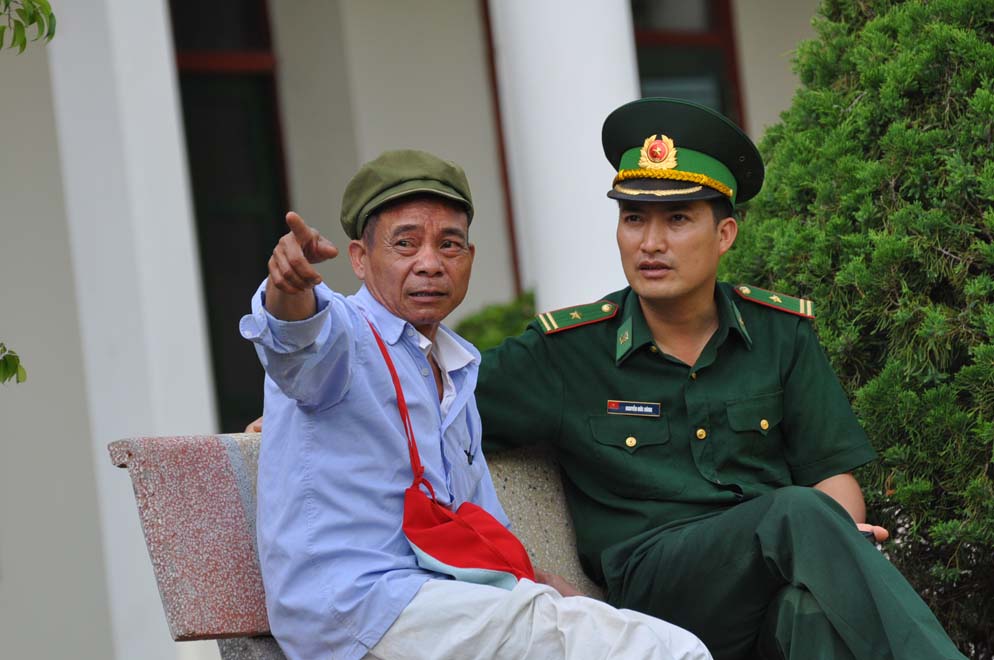 Mr. Ly Dan Quay recounts the story of protecting land with the border guards of Ma Lu Thanh station. |
Facing the excavator
From 1997, 1998 and early 2003, China started building a border river embankment, with a scale of 270 m long to protect the economic zone of Kim Thuy Ha border gate, which seriously eroded the Vietnamese side. To protect our border river bank, in March 2003, Lai Chau Provincial People's Committee started building the embankment and completed it in 2004. In June 2004, implementing the high-level agreement of the two countries, the two sides stopped building the embankment. However, from mid-June 2006, the Chinese side dropped stone cages and sandbags at the foot of the embankment on their side using an excavator to prevent landslides. In particular, on the afternoon of March 11, 2007, at the Chinese embankment area, about 600 meters downstream from Huu Nghi Bridge (opposite the Ma Lu Thang Border Gate Economic Zone gas station, under the management of Border Guard Station 279 - Ma Lu Thang), China mobilized dozens of workers to put rocks in sandbags to block half of the Nam Cum stream and also brought in excavators to dump the soil. Ma Lu Thang Border Guard Station requested the Chinese side to immediately stop the above activities. By noon the next day, the Chinese side had temporarily stopped construction and brought in 2 excavators 700 meters from the border...
The story of the border river is brief, but for the people of Pa Nam Cum village, it was a time of persistent struggle, accepting to sacrifice their lives. Mr. Dong Van Pon, a Thai ethnic, 90 years old this year, is one of those people. Born in 1928, from Muong So (Phong Tho), Mr. Pon experienced two wars against France and the US. After being discharged from the army and returning to his hometown, Mr. Pon's family and the first 34 Thai households migrated from Muong So to Pa Nam Cum.
Mr. Pon recalled: before the time of demarcation between Vietnam and China (2009), due to the lack of clarity in the demarcation of the land border, many hot points of dispute were created on the border between the two countries, including Ma Lu Thang. In this area, the Chinese side often used excavators to build embankments on the river, and built bridges and roads on their land. In the narrow, shallow sections of the river, during construction, China encroached near the border line located in the center of the river's flow, at the same time changing the flow, widening the riverbed, leading to shifting the border line, causing erosion of the riverbank on the Vietnamese side.
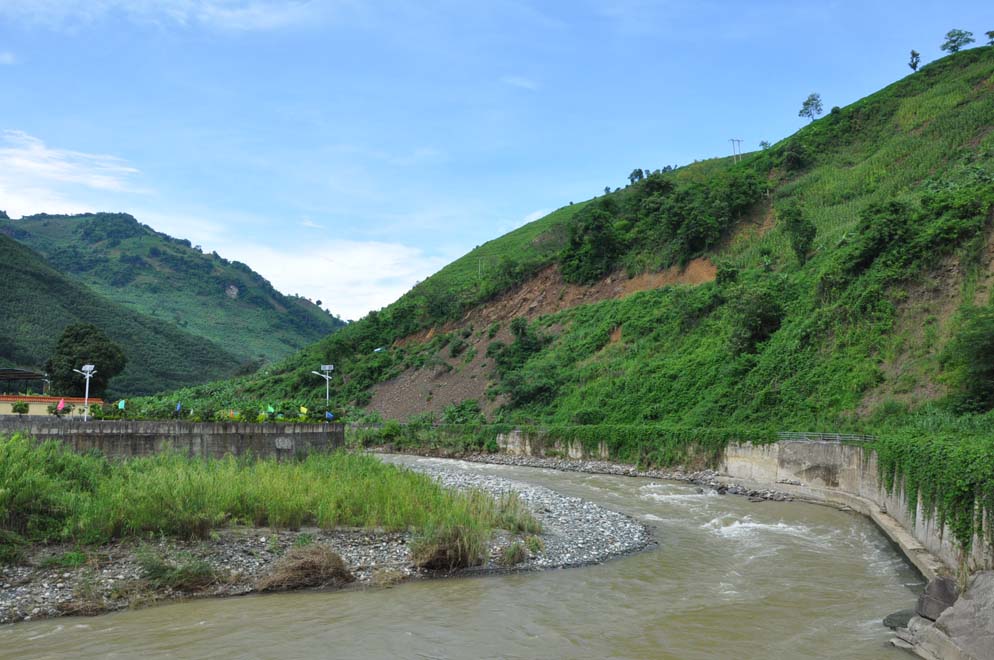 Nam Cum stream, where the incident of sovereignty of Pa Nam Cum villagers (Ma Ly Pho, Phong Tho, Lai Chau) took place. |
“We and the border guards assigned people to monitor the excavators. Whenever they were operating, we called each other to run down to the riverbed and ask the excavator driver to stop. Seeing that, the villagers dropped all their housework to help, standing close together like a wall,” said Mr. Ly Dan Quay (61 years old, Pa Nam Cum village).
For many days in a row, all 60 households of Pa Nam Cum village stood in the cold every day, taking turns to maintain the status quo of the riverbed, preventing unauthorized construction without negotiation and discussion between the authorities of both sides. Those who were too cold to stand still went home to change their clothes, and others took their place.
On the morning of March 12, 2007, when the struggle reached its peak, a Chinese excavator ignored the crowd and lowered its bucket to scoop up soil from the riverbed. Immediately, Mr. Dong Van Pon jumped onto the excavator bucket, stood on the giant teeth and shouted loudly: "Request to stop construction, this is a border river. Request to respect the status quo, this is our land". Before Mr. Pon's determination, the people of Pa Nam Cum village and behind them hundreds of people of Ma Ly Pho commune rushed to support, the Chinese construction unit had to withdraw from the scene, accepting the commitment to negotiate...
In many meetings and working sessions at the grassroots level between the two sides as well as in the provincial, regional and central level talks, the Vietnamese side was truly flexible in strategy, while being steadfast in the principle of protecting the land and sovereignty of the Fatherland. From November 6 to 9, 1959 in Nanning (China), representatives of the Vietnamese Government held talks with the Chinese Government on the issue of the Vietnam-China border. The Vietnamese side presented the current situation of the border since the liberation of Northern Vietnam until the time of the talks and emphasized to the Chinese side the situation of counter-revolutionaries from China invading Vietnam. In particular, the issue of encroachment into Vietnam's territory and violations of the national border was also clearly stated by the representative of the Vietnamese Government... In response, China also recognized that the issues raised by Vietnam “cannot be allowed to happen”. Regarding the encroachment of Vietnamese land, China ignored or tried to defend its wrongdoings. Regarding the issue of encroachment, the two sides reached an agreement and signed a joint document to resolve the situation appropriately. (Source: Border Guard Soldier , People's Police Publishing House, 1998) |
Source: https://thanhnien.vn/nhung-cot-moc-song-giu-bien-cuong-185737259.htm


![[Photo] General Secretary concludes visit to Azerbaijan, departs for visit to Russian Federation](https://vphoto.vietnam.vn/thumb/1200x675/vietnam/resource/IMAGE/2025/5/8/7a135ad280314b66917ad278ce0e26fa)
![[Photo] President Luong Cuong presents the decision to appoint Deputy Head of the Office of the President](https://vphoto.vietnam.vn/thumb/1200x675/vietnam/resource/IMAGE/2025/5/8/501f8ee192f3476ab9f7579c57b423ad)
![[Photo] General Secretary To Lam begins official visit to Russia and attends the 80th Anniversary of Victory over Fascism](https://vphoto.vietnam.vn/thumb/1200x675/vietnam/resource/IMAGE/2025/5/8/5d2566d7f67d4a1e9b88bc677831ec9d)
![[Photo] Prime Minister Pham Minh Chinh meets with the Policy Advisory Council on Private Economic Development](https://vphoto.vietnam.vn/thumb/1200x675/vietnam/resource/IMAGE/2025/5/8/387da60b85cc489ab2aed8442fc3b14a)
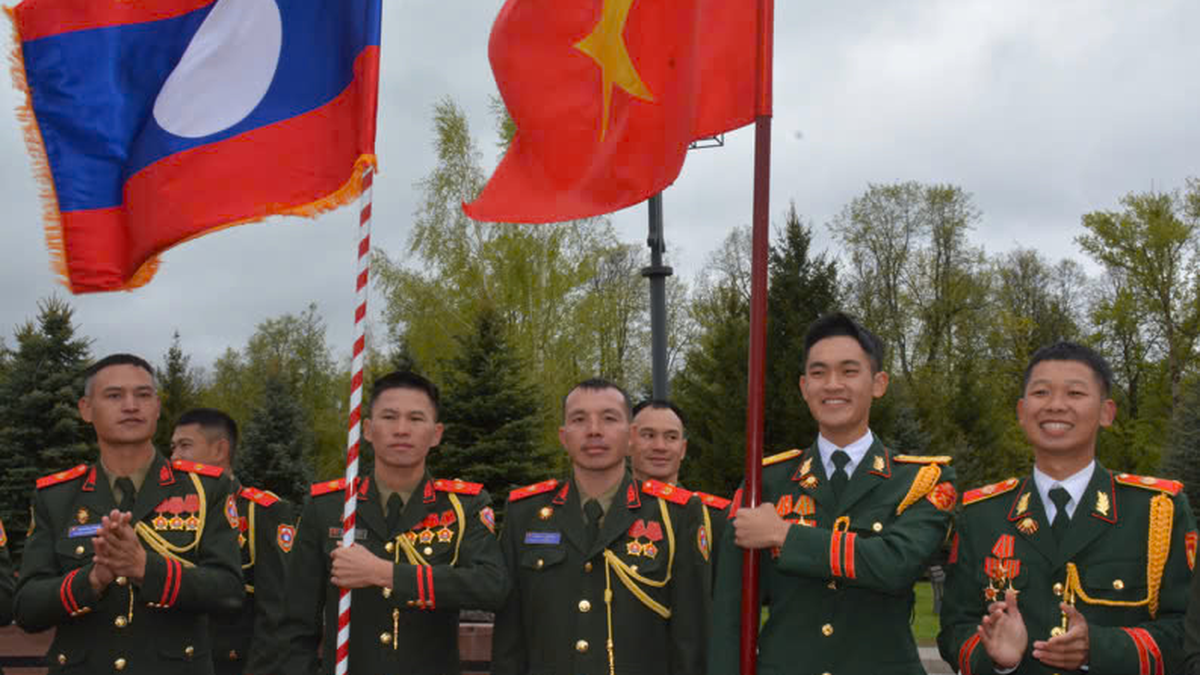
![[Photo] National Assembly Chairman Tran Thanh Man chairs the meeting of the Subcommittee on Documents of the First National Assembly Party Congress](https://vphoto.vietnam.vn/thumb/1200x675/vietnam/resource/IMAGE/2025/5/8/72b19a73d94a4affab411fd8c87f4f8d)
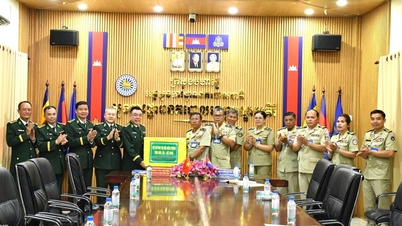

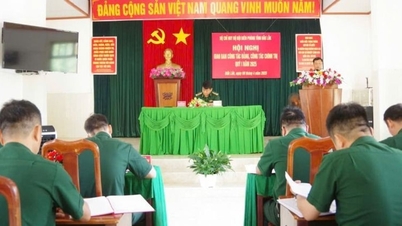


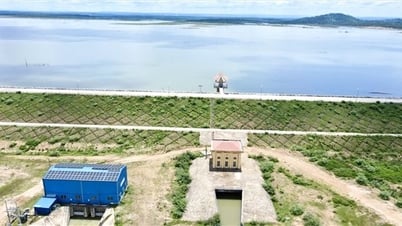


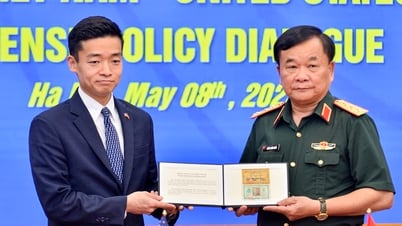
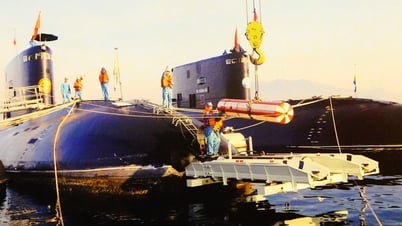
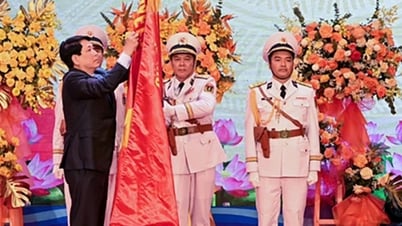

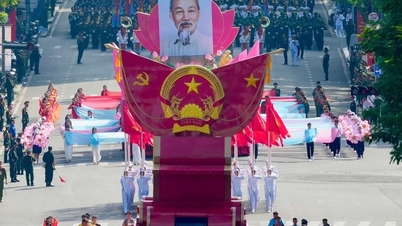
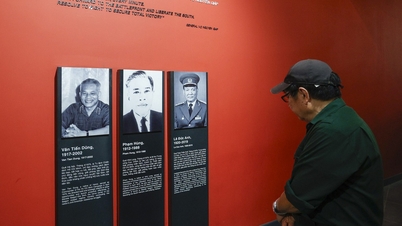






























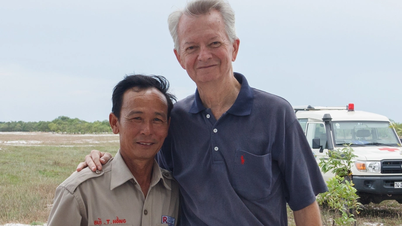











![[Photo] Prime Minister Pham Minh Chinh talks on the phone with Singaporean Prime Minister Lawrence Wong](https://vphoto.vietnam.vn/thumb/402x226/vietnam/resource/IMAGE/2025/5/8/e2eab082d9bc4fc4a360b28fa0ab94de)
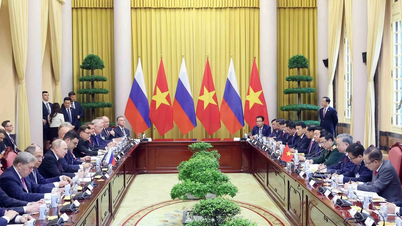

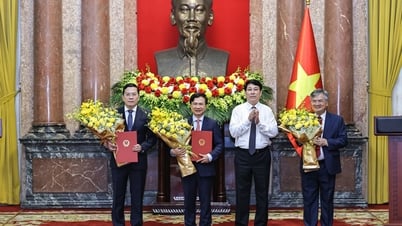




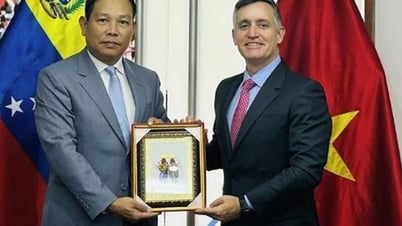

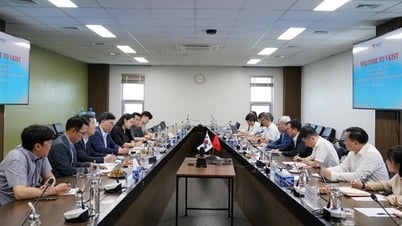




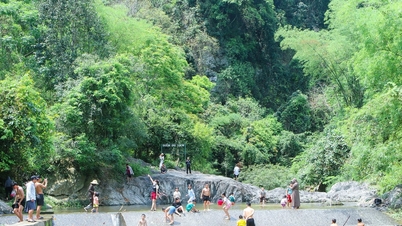

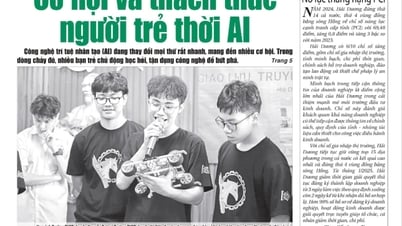

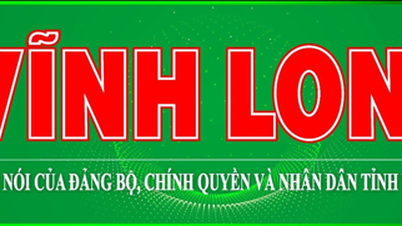

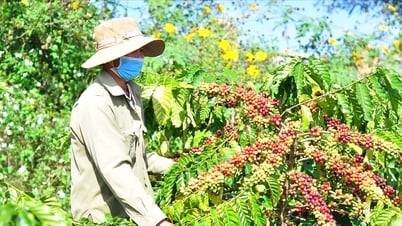












Comment (0)